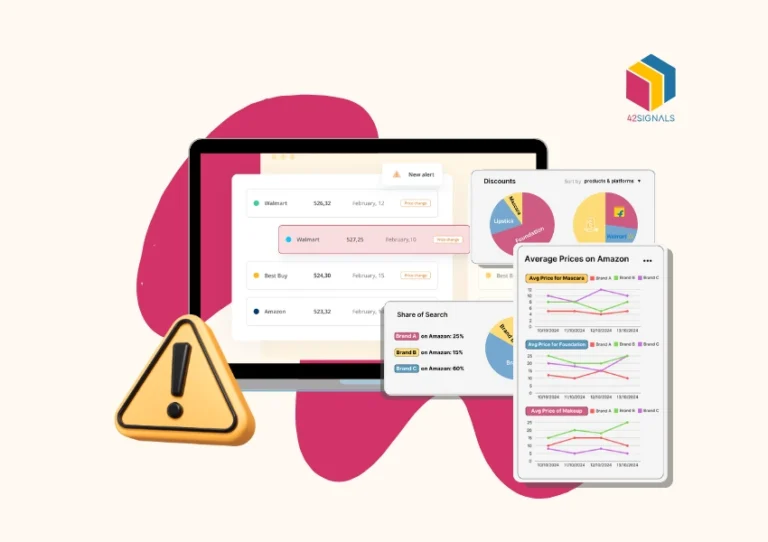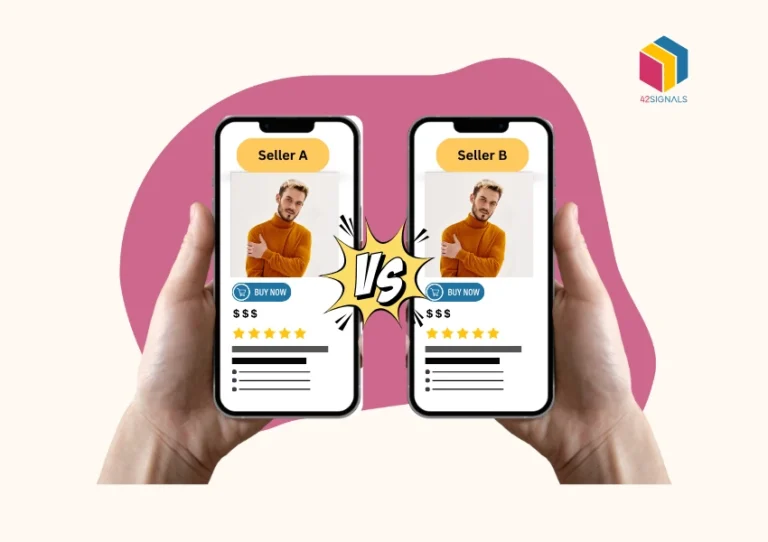Table of Contents
TogglePricing in ecommerce can be tricky. It’s part psychology, part strategy, and a whole lot of intuition. Sure, AI tools like demand forecasting or predictive analytics can process data faster than your team can finish lunch. While AI price optimization can be a game-changer, human instinct and touch may still be required.
Let’s understand the intricacies of AI price optimization and how it helps.
AI Price Optimization – How it Helps ECommerce Businesses
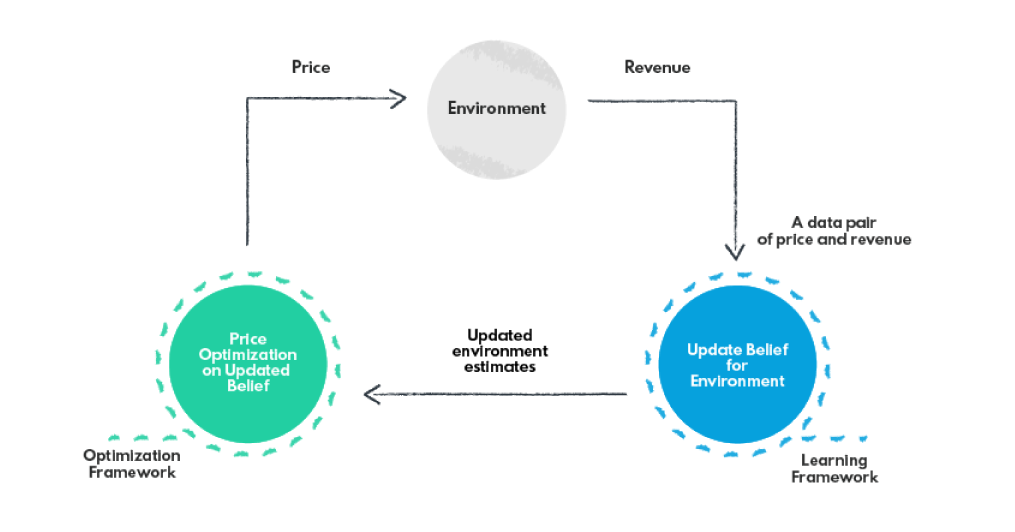
Image Source: Datafeed Watch
1. The Good, the Bad, and the Ugly of AI Pricing
Let’s look at a hypothetical study where we recently helped a boutique tea brand roll out AI price-optimized costs. The system was sophisticated—it tracked competitor moves and provided price changes in current time. Sales shot up 30% in the first month. But then, the customer reviews rolled in:
“Why does my chamomile cost $9 today and $14 tomorrow?”
“Feeling nickel-and-dimed by my favorite brand.”
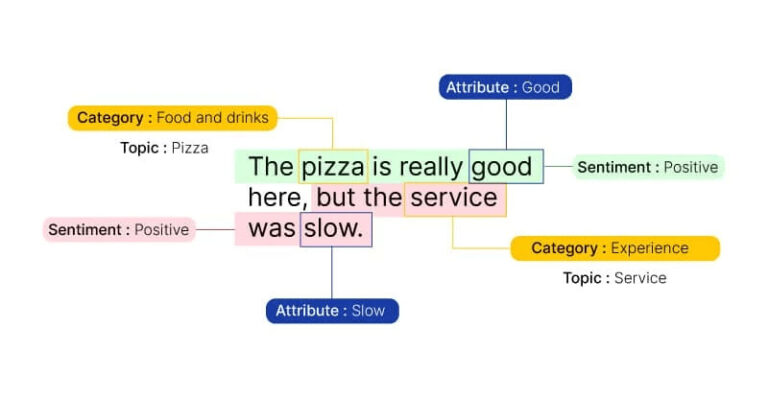
Turns out, changing prices so aggressively eroded customer trust. These can be frequent situations experienced by online ecommerce brands where steep price changes backfire. Here’s how to fix them –
- Capped price fluctuations to a 10% weekly max. This helped prevent erratic daily shifts that made prices feel unpredictable and arbitrary. Customers felt reassured when prices changed less frequently and more reasonably.
- Introduced a “Price Freeze Guarantee” for VIP subscribers. Members knew they wouldn’t see prices spike overnight. It created a sense of security and loyalty, giving them one more reason to stay engaged with the brand.
- Added human oversight to all AI-generated pricing decisions. A dedicated team member reviewed every price change the AI suggested, ensuring it aligned with customer expectations, brand positioning, and seasonal context.
The lesson? AI sees numbers. Humans see relationships. And loyalty doesn’t show up in spreadsheets.
2. Tools vs. Judgment: Finding the Balance
Demand Forecasting: Data Can’t Predict Culture
Here’s another example of a surfboard brand gearing up for summer. Their AI model recommended ordering 500 units of their “Sunset Cruiser” board based on last year’s trends. But the CEO—an ex-pro surfer—stepped in and said, “Double it. There’s a documentary dropping on 90s surf culture.”
These situations may be hard to anticipate, but aligning an item with an upcoming trend is a good way to boost sales.
Here’s the takeaway: AI predictions are a great starting point, but they lack cultural awareness. What really matters is how you layer in:
- Industry chatter and informal buzz. Trends often start in small circles—Slack groups, niche podcasts, Reddit threads. Pay attention.
- Emerging cultural moments. TikTok trends, nostalgia waves, influencer movements—these can shift consumer behavior faster than any model can react.
- Your team’s intuition. Don’t underestimate those gut feelings. A team member who’s been in the game for years may spot something AI can’t.
Competitor Dashboards: Don’t Get Caught in the Copycat Trap
Your competitor analysis dashboard notifies you: Competitor X just slashed prices on earbuds. The AI price optimization feature suggests you match them. Before you do, consider this:

- Are they clearing out old stock? If so, they may be offloading last season’s inventory, not setting a new market standard.
- Did they launch a high-profile partnership or ad campaign? Their price drop might be part of a short-term blitz that you’re not equipped to match.
- Are they trying to buy market share at a loss? Check the news—if their CEO is publicly embracing a break-even strategy, copying them might drag you into a race to the bottom.
In these moments, data needs a filter. Call a 10-minute team huddle. Look beyond the price and ask what’s really driving it.
3. The Dark Side of AI Price Optimization—and How to Avoid It
AI price optimization tools obviously aim for the perfect price. Customers just want a fair one. If you’ve ever seen Uber surge during a storm or Amazon adjust prices mid-checkout, you know the feeling: manipulated.
That’s what happens when algorithms optimize without empathy. Here’s how you keep pricing human:
- Transparency matters. If prices change, explain why.
Example: “This jacket is priced higher in winter because we use ethically sourced down, which costs more during colder months.” A little context builds a lot of trust. - Build in empathy rules. Don’t let AI raise prices on essentials—like health products or baby items—during emergencies. Set up ethical boundaries in your tools, and enforce them.
- Let some prices stay irrational on purpose. That yoga mat at $17.99? Maybe it’s not the optimal price, but your customers love it. Sometimes, sticking to the familiar builds emotional equity.
Beyond “Feeling Manipulated”: The Trust Equation
Uber’s surge pricing or Amazon’s real-time adjustments aren’t just irritating—they signal a deeper issue: algorithmic distrust. A 2023 McKinsey study found 68% of consumers suspect dynamic pricing is “secretly exploitative.” The fix isn’t just transparency—it’s contextual integrity.
- Example Done Right: Outdoor brand Patagonia’s AI tool flags when rain jackets spike above competitor averages during storms. Instead of lowering prices, they display: *”Why is this $5 higher? We donate 1% of storm-season sales to flood relief.”* Sales rose 12% despite premiums.
- Ethical Guardrails: Program your AI to:
- Block increases on essentials (meds, baby formula) during shortages.
- Freeze prices for 72 hours after natural disasters.
- Cap profit margins on goods from crisis-affected regions.
The “Irrational Price” Advantage
AI relentlessly hunts for the “perfect” price point. But humans love quirks. A wine retailer kept a $19.99 bottle unchanged for 3 years—despite AI urging hikes—because reviews called it “my lucky wedding wine.” For cult-favorite products, price consistency builds emotional equity no algorithm quantifies.
With 42Signals, you don’t have to worry about pricing issues, with our transparent product data and pricing dashboards.

4. Price Sensitivity Modeling: Your Customers Aren’t Just Clicks
A skincare brand used price sensitivity modeling to identify shoppers who only purchased during sales. The AI price optimization tool pushed more discounts, and revenue spiked.
But retention tanked. Why? Their real audience was made up of skincare enthusiasts who believed discounts meant cutting corners. It hurt the brand’s credibility.
The solution wasn’t more promos—it was identity-aligned value. The team replaced discounts with a “Members-Only Formula Library,” giving customers exclusive ingredient deep dives and early product access. Retention rebounded within weeks.
When Discounts Backfire: The Skincare Paradox Revisited
The skincare brand’s mistake was treating all discount-driven buyers alike. AI segmented them as “price-sensitive.” Human analysis revealed two distinct groups:
| Segment | Motivation | AI Suggestion | Human Strategy | Result |
|---|---|---|---|---|
| Bargain Hunters | Seek deals anywhere | More discounts | Tiered loyalty rewards | +15% retention |
| Ingredient Purists | Believe discounts = low quality | More discounts | Exclusive access to lab notes | +42% retention |
Predictive Analytics ≠ Emotional Intelligence
AI spots what people buy—not why. Supplement your models with:
- Review Sentiment Analysis: Tools like MonkeyLearn scan for phrases like “feels cheap” or “worth every penny” tied to price points.
- Ethnographic Pricing Research: Host virtual “price diaries” where loyalists document their purchase emotions. One athletic brand discovered customers accepted $10 hikes for sustainability claims but revolted at $5 hikes for “AI-optimized margins.”
Key insight: AI groups customers by behavior. Humans segment by values, identity, and trust.
5. The Hybrid Pricing Playbook (Tactics That Actually Work)
The smartest brands don’t fully automate or fully ignore AI price optimization—they build systems where machine efficiency meets human instinct with a tool like 42Signals. Here’s what that looks like in practice:
- Set up a “Why Committee.” Once a month, gather the team to review AI’s most surprising suggestions.
Example: The AI wanted to price a skincare set at $888 because that number is considered lucky in some cultures. But the team knew their Western audience would see it as gimmicky or scammy. They scrapped it.
- Use platforms with a Manual Override Button. Make sure your tools let you pause AI activity when it makes sense. Use it to:
- Freeze prices during holidays or emotionally charged events
- Lock-in pricing for products with a cult following, where stability is part of the brand’s charm
- Hire a “Customer Whisperer.” Bring someone on your team who understands emotional context—someone from a retail or hospitality background. Their job is to:
- Read reviews and customer feedback daily
- Flag when pricing feels off-brand or exploitative
- Recommend perks like loyalty programs, limited drops, or personalized packaging that deliver value without relying on discounts
Tactic 1: The “Red Team” Pricing Audit
- How it Works: Monthly, your AI proposes 10 price changes. A cross-functional team (marketing, CX, logistics) must attack each one:
- Logistics: “Will this $5 hike cover our new shipping costs to rural areas?”
- CX: “Will VIPs complain based on last month’s survey data?”
- Marketing: “Does this undermine our ‘affordable luxury’ tagline?”
- Case Study: Furniture brand Article’s Red Team vetoed 30% of AI’s proposals, avoiding a backlash when data missed a viral TikTok calling their sofas “the last honest price in design.“
Tactic 2: The “Empathy Override” Dashboard
Integrate real-time CX metrics into your pricing tool.
- Triggers for Manual Intervention:
- Negative review volume spikes +15% in 24 hours
- Customer effort score (CES) drops below 70%
- Support tickets mentioning “price” increase by 20%
Tactic 3: AI as a “Negotiation Coach”
For B2B or high-ticket B2C, use AI to arm sales teams:
- Analyzes a client’s purchase history, competitor quotes, and open margins.
- Generates talking points: “Based on your order volume, we can offer $X—$2 below Competitor Y’s quote last week.”
- Result: B2B SaaS company Clari boosted deal sizes 27% without discounts.
6. Future-Proofing: Next-Gen AI Pricing Trends
Hyper-Personalization Without the Creep Factor
- Problem: AI suggesting $200 shoes because someone browsed Gucci once feels invasive.
- Solution:
- Anonymous Cohort Pricing: Group users by behavioral patterns (e.g., “eco-conscious researchers”), not personal data.
- Opt-In Premiums: “See personalized prices?” → 44% opt-in (Adobe 2024 data), converting 3x higher.
Predictive Ethics Engines
New tools like ParityEthics scan pricing decisions for:
- Bias Risks: Does this price change disproportionately impact low-income regions?
- Reputation Forecasts: Predicts media backlash likelihood using historical scandal data.
- Compliance Checks: Auto-flags violations (e.g., price-gouging laws during emergencies).
Blockchain-Verified Transparency
Luxury brand Aura Consortium uses blockchain to:
- Log every price change reason (e.g., “organic cotton costs rose 7%“).
- Let customers scan a QR code to see the full pricing history.
Result: 81% reported higher trust despite 12% average price increases.
AI Price Optimization That Works With a Soul
AI price optimization is fast. It’s efficient. It’s mathematically brilliant. But here’s the truth: customers don’t fall in love with algorithms. They connect with brands that feel human.
Tools like 42Signals use predictive analytics to forecast market and category performance. Let our platform’s digital shelf analytics dashboards track the competition, and with our experts at the wheel, there’s no need to worry about errors.
Because pricing isn’t just about optimization. It’s about perception. It’s about trust.
And trust? That’s something only the right people and tools can build.
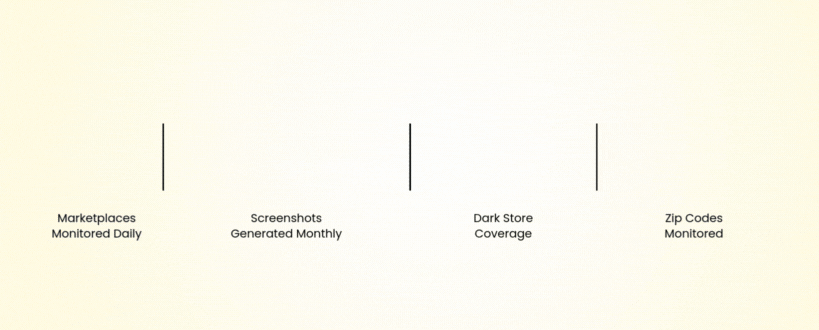
Sign up for a free trial to see our AI price optimization tactics in action.
Frequently Asked Questions about AI Price Optimization
How can AI be used in pricing?
AI can be applied to pricing by analyzing vast amounts of market data, competitor prices, customer behavior, and historical sales trends to recommend the most optimal price for a product or service. Instead of relying solely on static rules, AI models adjust prices dynamically in response to market changes, demand fluctuations, and inventory levels. For example, an e-commerce platform might use AI to lower prices during slow sales periods or increase them when demand spikes.
What is cost optimization for AI?
Cost optimization for AI refers to using artificial intelligence to minimize operational expenses while maintaining or improving performance. In pricing, it means finding the sweet spot where revenue and profit margins are maximized without alienating customers. AI does this by balancing variables like production costs, competitor pricing, and customer willingness to pay, ensuring prices remain competitive yet profitable.
What is AI optimization?
AI optimization is the process of improving the accuracy, speed, and efficiency of AI models or processes by fine-tuning algorithms and using better-quality data. In pricing, AI optimization involves refining models so they respond more accurately to real-world conditions—whether that’s predicting how a discount will impact sales or determining the right price point for a new market launch.
What is the AI price system?
An AI price system is a technology-driven platform that uses machine learning and predictive analytics to automate pricing decisions. It continuously gathers and analyzes data from multiple sources—such as competitor listings, customer demand, seasonal trends, and economic indicators—to set or recommend prices in real time. Retailers, airlines, and hotels often use AI price systems to maintain competitiveness while protecting profit margins.


